We use cookies on our website.
Some of them are necessary for the functioning of the site, but you can decide about others.
Indian Basmati rice stands out from other Asian rice varieties, such as Thai, Japanese, or Vietnamese rice, thanks to its long grains, non-sticky texture, and ease of eating by hand.
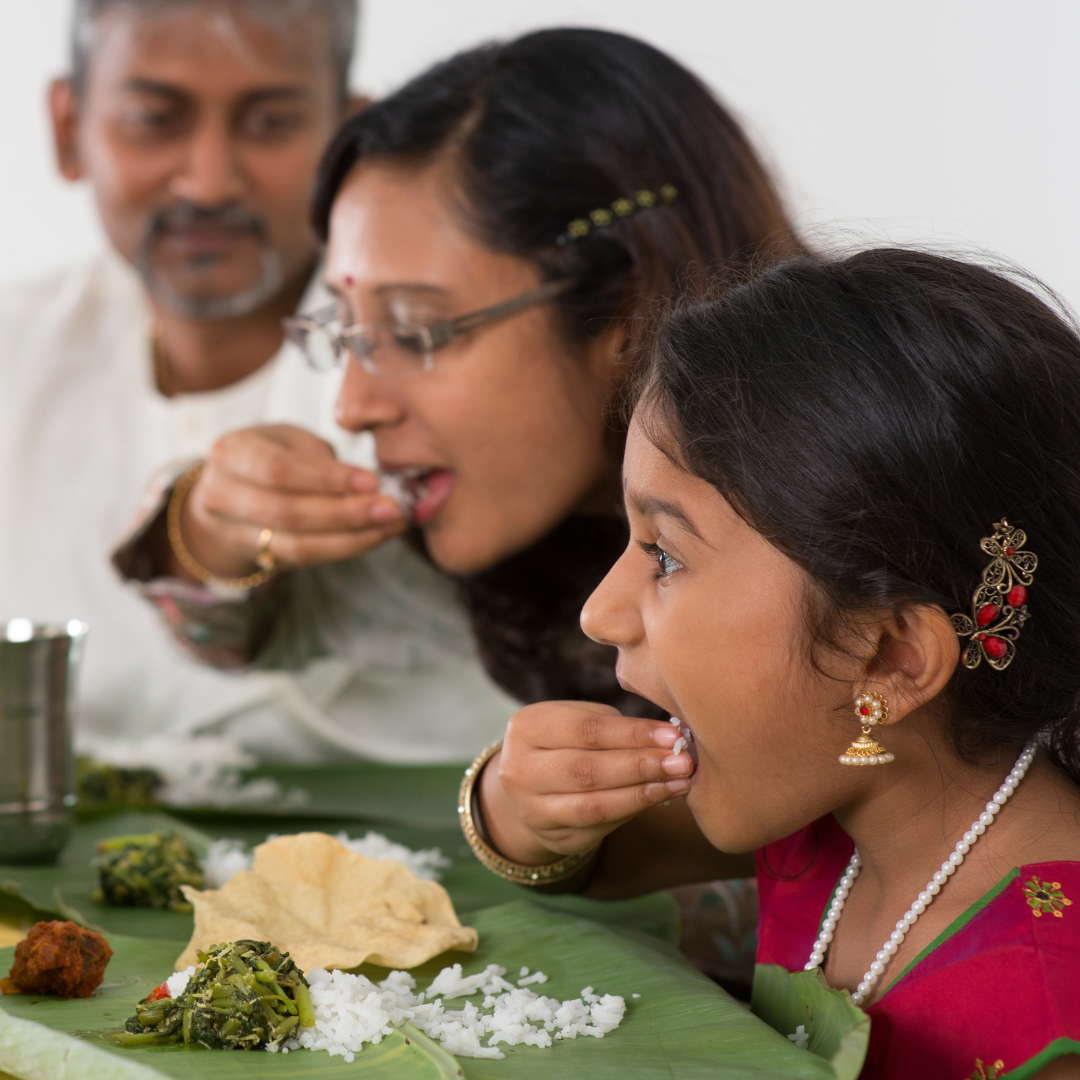
When cooked, Basmati rice has separate, non-sticky grains that double in length while maintaining their width. This makes it easier for Indians to eat by hand in dishes like Biryani fried rice, pulao (mixed rice), or rich curry dishes such as Chicken Curry, Lamb Curry, and Vegetable Curry.
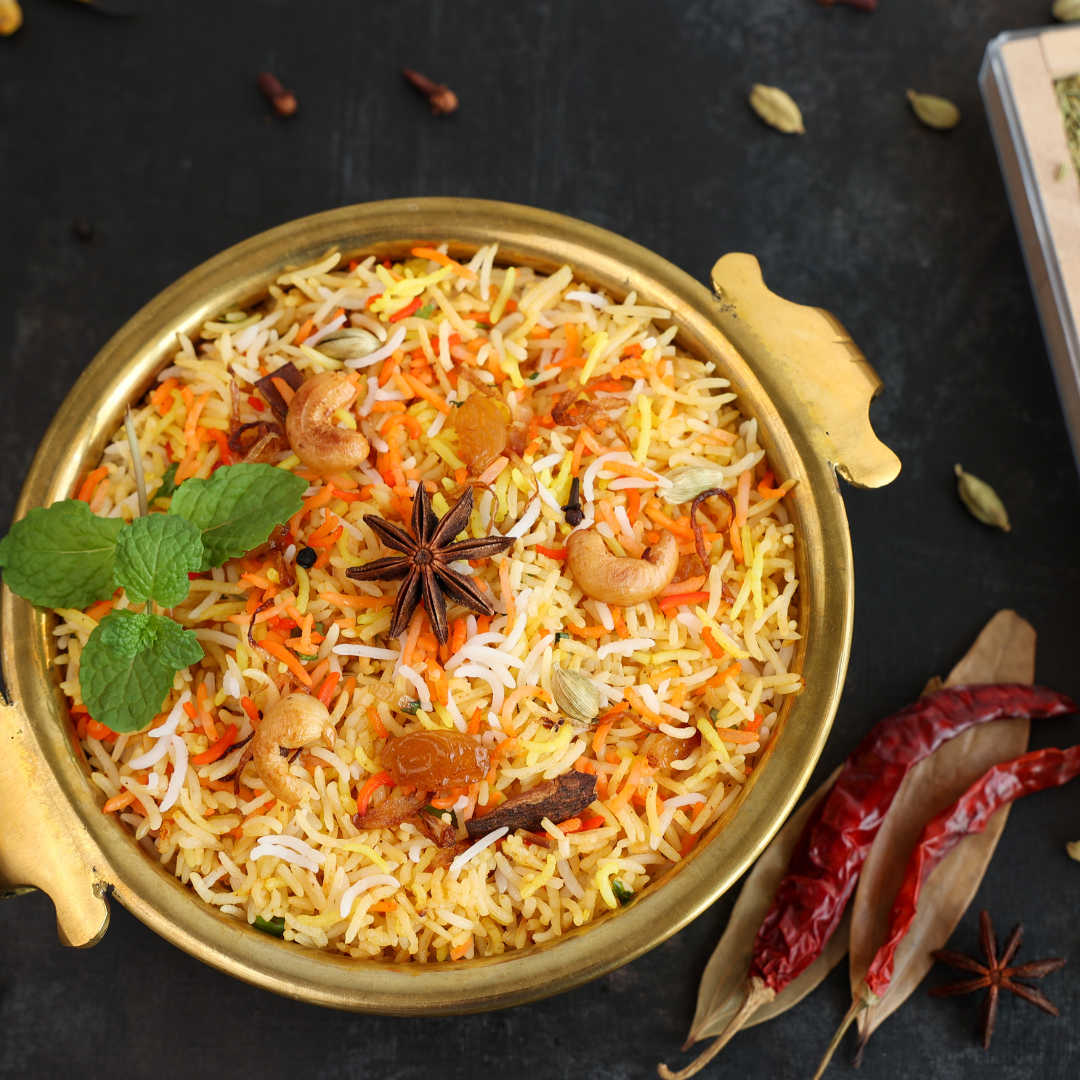
(Mixed fried rice)
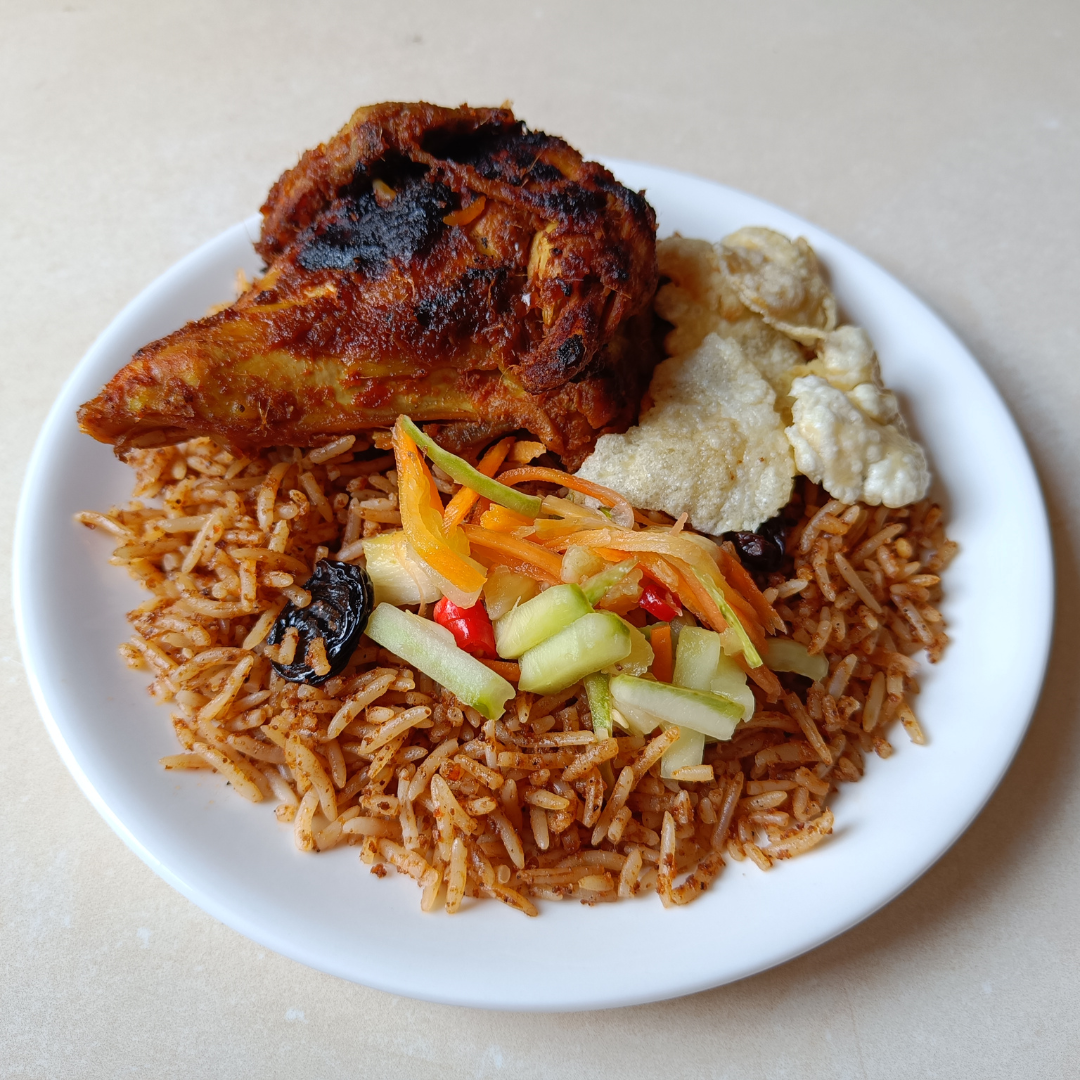
(Lamb rice)
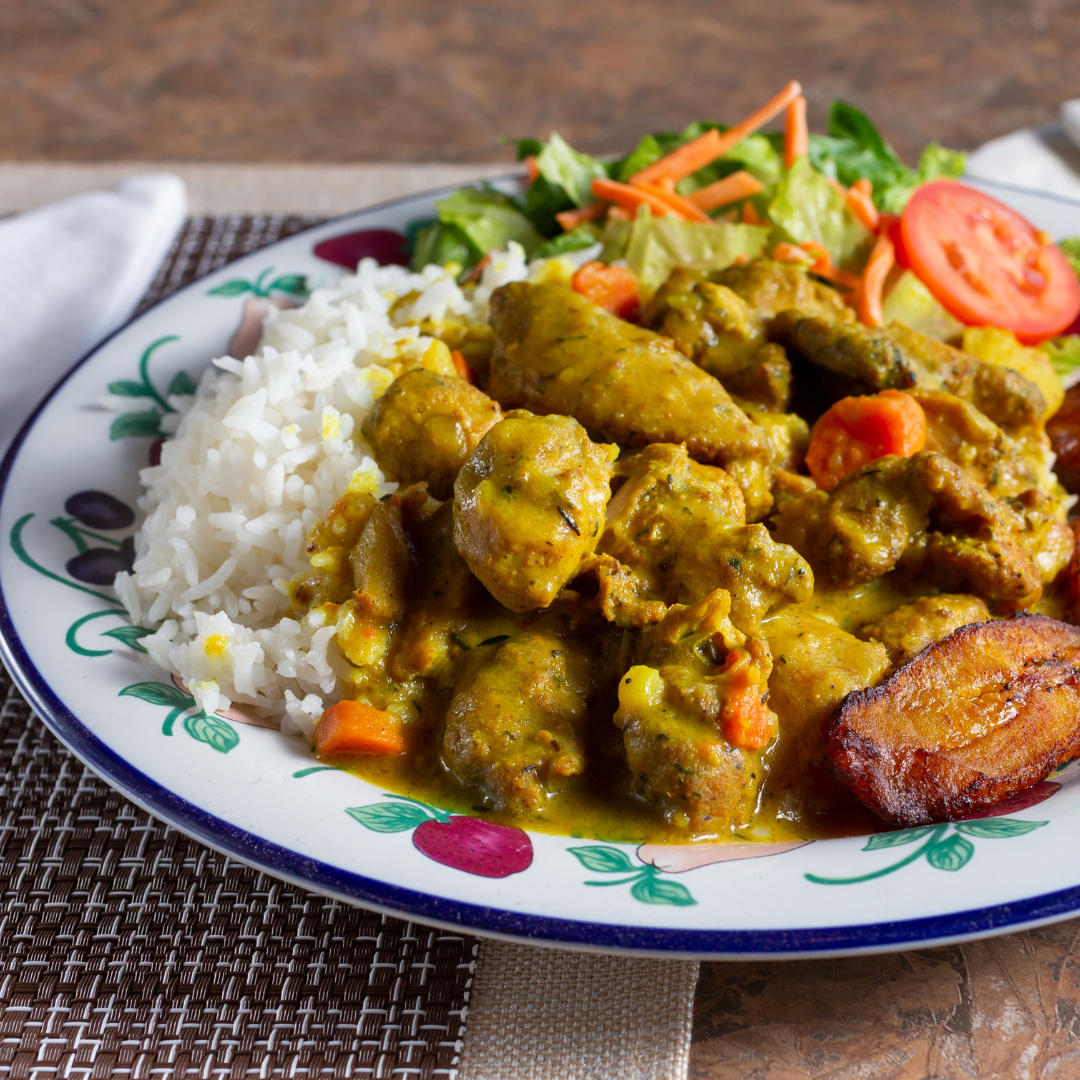
(Chicken Curry)
In contrast, other Asian rice varieties typically have short or medium grains that are softer and stickier, making them suitable for eating with chopsticks and particularly ideal for dishes that require a sticky texture, such as sushi, sticky rice, or plain white rice. For example, Thai Jasmine rice, although long-grained, is still softer and stickier than Basmati, while Japanese and Vietnamese rice have a higher degree of stickiness and smoothness.
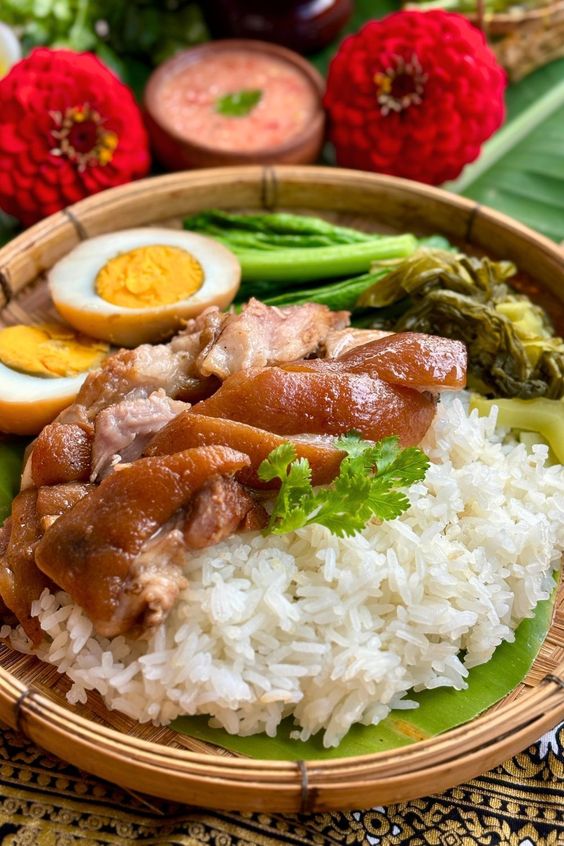
(Kao Ka Moo Rice of Thai Lan)
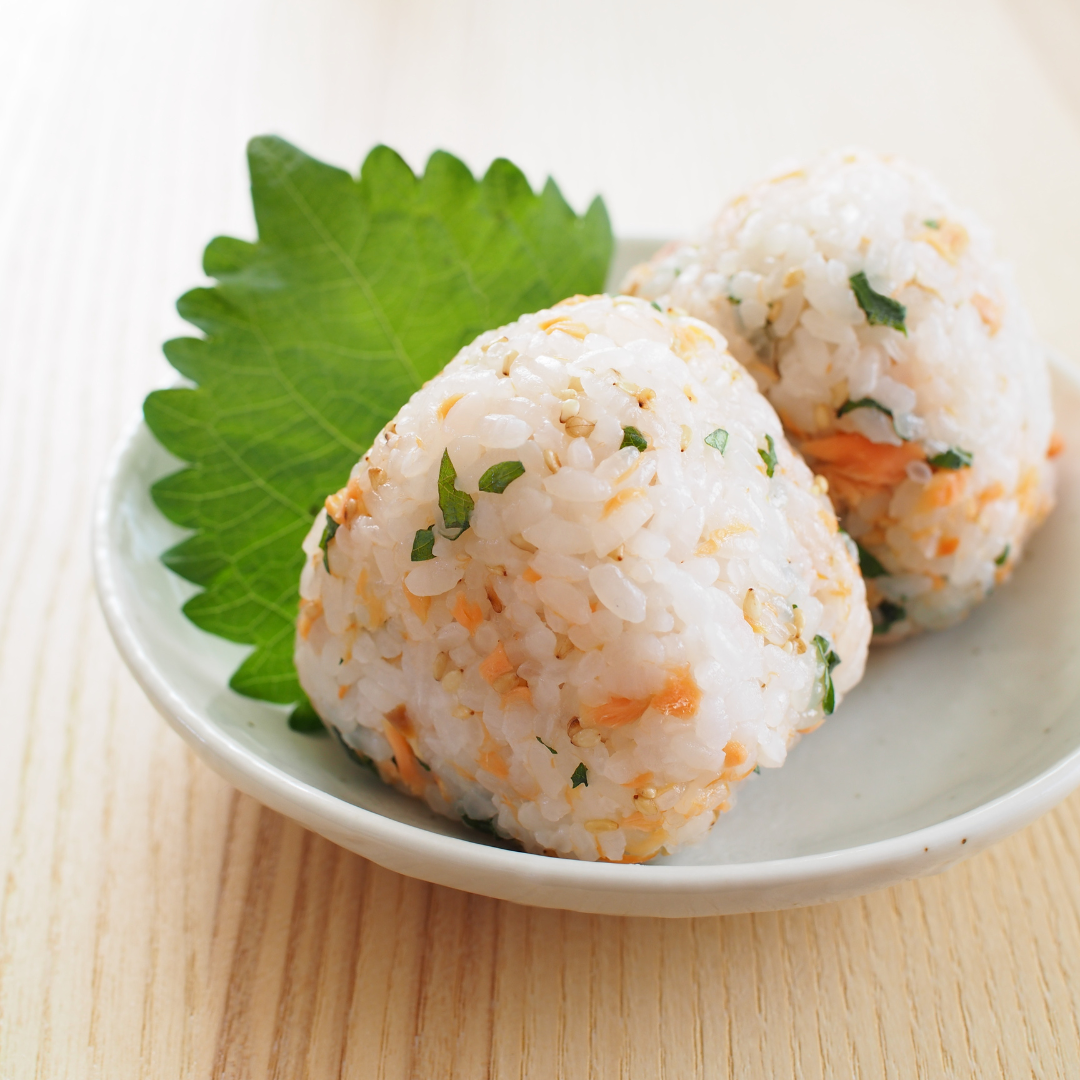
(Salmon rice roll)
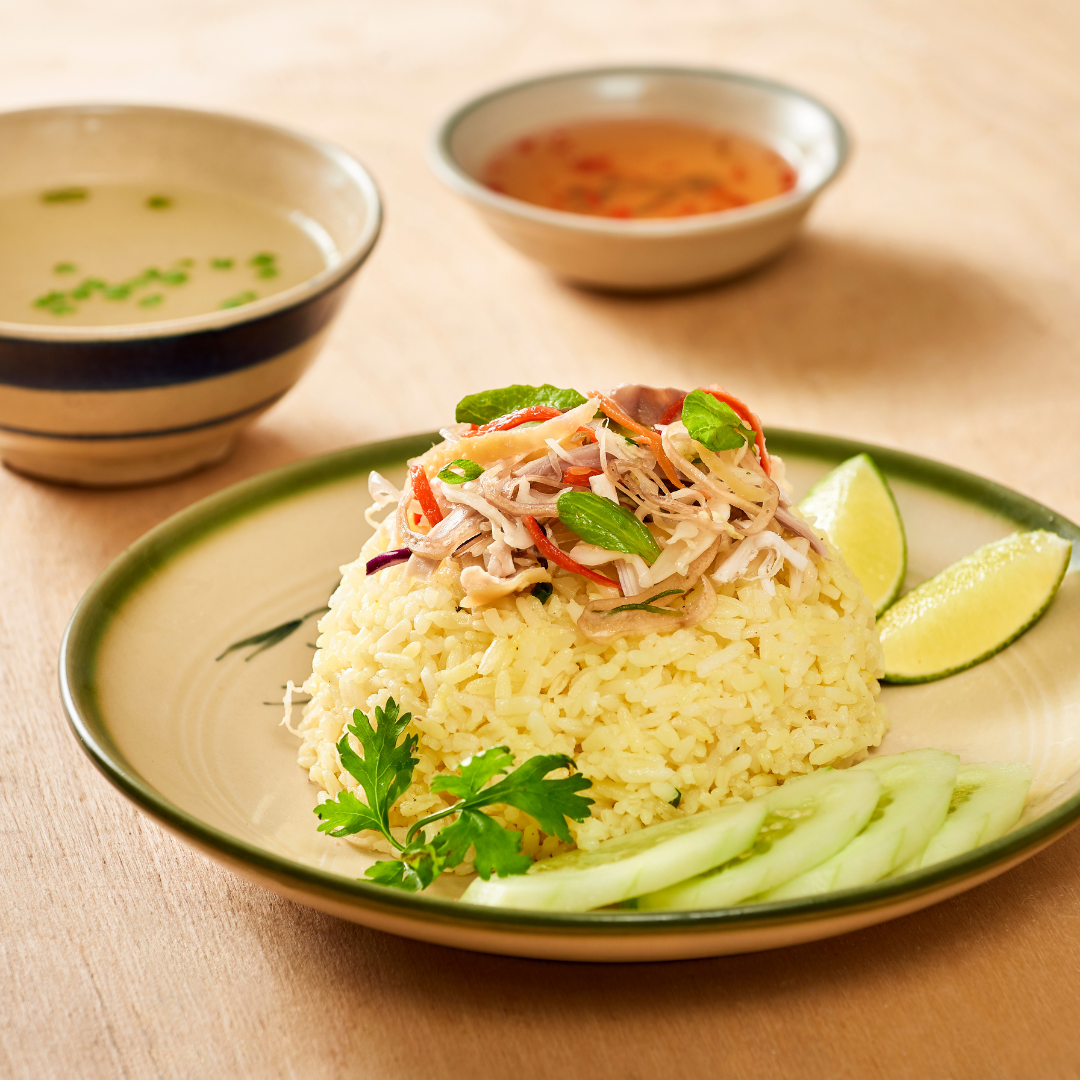
(Hoi An chicken rice)
Additionally, Basmati rice is a good choice for people with diabetes because its glycemic index is lower than that of many other Asian rice varieties, helping to better control blood sugar levels.